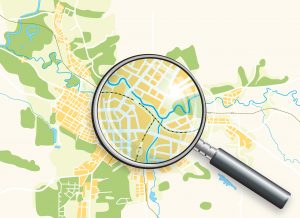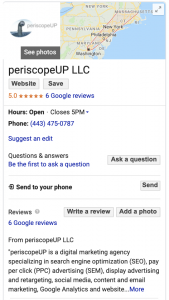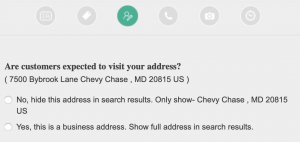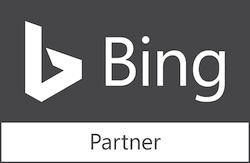 For several years, Google has categorized local businesses into broad categories: brick-and-mortar businesses which customers regularly visit (e.g. a retail store, restaurant, etc.) and service area businesses (SABs) in which the business owner or employees visit customers or clients (e.g. electrician, lawn service, etc.). Lost in this rigid categorization are the “hybrid” businesses which may visit clients but also receive clients at the business office location or showroom. There are numerous types of companies that potentially fit this example: financial advisors, architects or designers, advertising or marketing agencies, caterers, etc.
For several years, Google has categorized local businesses into broad categories: brick-and-mortar businesses which customers regularly visit (e.g. a retail store, restaurant, etc.) and service area businesses (SABs) in which the business owner or employees visit customers or clients (e.g. electrician, lawn service, etc.). Lost in this rigid categorization are the “hybrid” businesses which may visit clients but also receive clients at the business office location or showroom. There are numerous types of companies that potentially fit this example: financial advisors, architects or designers, advertising or marketing agencies, caterers, etc.
According to Google’s guidelines, If you do not serve customers at your business address you must leave the address off your Google Business listing and enter locations for service area instead. Note that this is a relatively new change; Google used to offer service area by radius (number of miles from your business), but now you must enter by individual region, city or zip code. If you enter a business address and Google does not believe you truly service customers at your business location, your listing can be temporarily suspended from appearing in the Pin Map. Whether or not your business will be accepted as a “hybrid” business and allowed to have both a listed address and service areas seems to depend largely on Google representative to whom you end up pleading your case. Explaining that clients do visit your office occasionally and that staff also regularly visits clients may not be enough. According to Google’s policy:
“Some businesses, like pizzerias that have both the restaurant seating and deliver pizza to customers, are hybrid service-area businesses. These businesses can show their storefront address and designate a service area in Google My Business. If you serve customers and want to set a service area, your business location should be staffed by your team and able to receive customers during its stated hours.”
There is anecdotical evidence that Google appears to have an inherent distrust of this category. If the categorization of your business comers into question, you’ll likely be asked to supply a photograph of your business with your business sign clearly visible. From there the representative will make a decision based on whether your business fits their conception of how a “storefront” should look. This could take several days or even several weeks. Ultimately, you may still be asked to remove your business address from your listing. The good news is, however, that once you do so and add your service areas, your listing should once again show up in both Search and Maps – with the service area shaded in red as shown below.
When you set up a business listing on Bing Places, you’ll also need to answer a service area-related question.
There are plenty of online sites that handle the “hybrid” business differently, and on those sites you can (and should) list your business location. Some examples are: Facebook, Apple Maps, Manta, Merchant Circle and Yelp.
Ensure your business consistently shows up in local search for relevant search queries, respond to all inquiries in a timely manner and delight your customers with stellar service. This is the path to positive customer reviews and word-of-mouth referrals.
Get your business in front of potential customers at exactly the right time – when they’re searching for your services. Call 443.475.0787 or contact us today!









